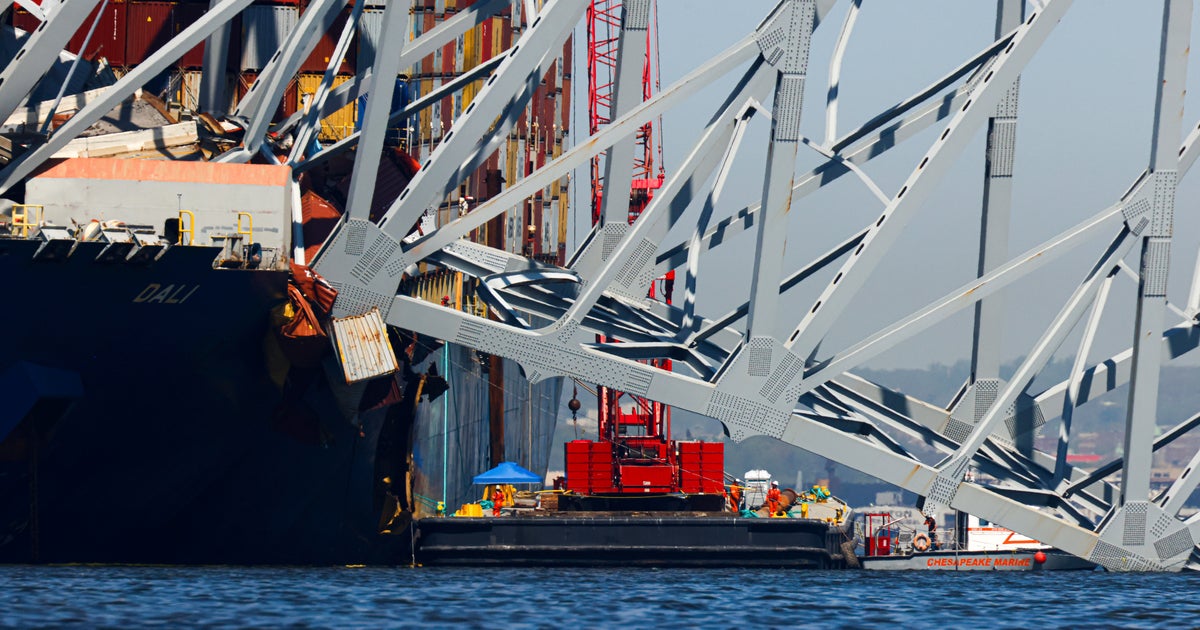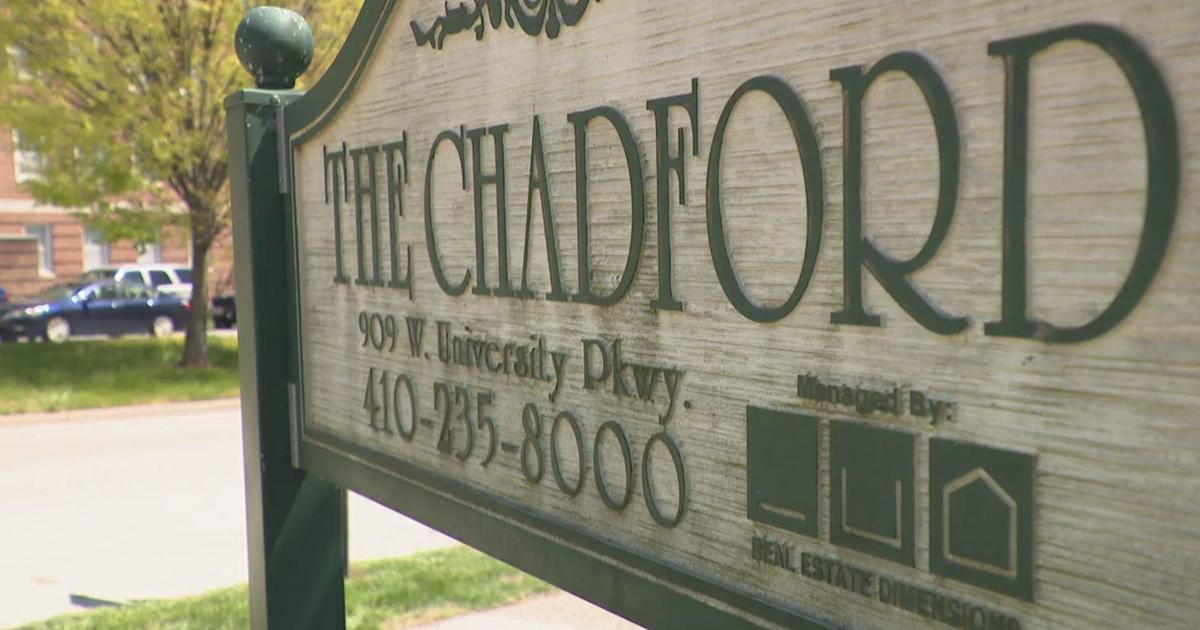Overall Chesapeake Bay Health Remains At D+ Grade, State Of The Bay Report Says
ANNAPOLIS, Md. (AP/WJZ) — The nation's largest estuary is still getting a D+ grade for its overall health, according to a report released Tuesday by the Chesapeake Bay Foundation.
While the grade for the bay's health remained the same, the score dropped one point from the foundation's last report two years ago — largely due to what the group described as ineffective management of the striped bass population. The State of the Bay report is released every two years.
"The Chesapeake Bay system is still dangerously out of balance, but there's hope for improvement as pollution levels decline and the dead zone retreats," said William Baker, CBF's president, referring to an area of oxygen-low water in the bay.
CBF said most water quality measures are showing improvements, despite flagging political will in Washington over the last four years. Efforts need to be accelerated to implement practices by 2025 that will reduce pollution enough to restore water quality to local rivers, streams and the bay, the foundation said.
"Saving Chesapeake Bay will be a source of great pride for America and an early step in addressing climate change," Baker said.
Baker expressed new hope in the election of President-elect Joe Biden, a Democrat. Baker described the longtime former senator from Delaware, which is in the bay's watershed, as a reliable partner in restoration efforts. Baker criticized President Donald Trump's administration for reversing clean air and clean water regulations over the last four years.
"These rollbacks undermined protections for forests and wetlands and will lead to increased pollution to the bay unless they are overturned," Baker said.
The Chesapeake Bay Clean Water Blueprint, which was established in 2010 to reduce pollution, has faced significant challenges, Baker said. CBF has filed a lawsuit in federal court to ensure that the Environmental Protection Agency holds Pennsylvania and New York accountable in doing their fair share to reduce pollution.
"The current D-plus is a sober reminder that the road ahead remains steep and the clock is ticking," Baker said. "Maryland, Virginia, Delaware and the District of Columbia have developed plans which, if they get fully implemented, will meet the 2025 goal. The plans for Pennsylvania and New York, however, are far off track. We should be further along."
The foundation's State of the Bay Report was created in 1998. Scientists with the group compile and examine the best available data and information for 13 indicators in three categories, including pollution, habitat and fisheries.
RELATED COVERAGE:
- Chesapeake Bay Dead-Zone Conditions Reduced 'Considerably' In 2020, Report Finds
- Report: Pennsylvania Falls Behind In Chesapeake Bay Cleanup
- Report: Chesapeake Bay Underwater Grasses Declined Last Year
- Report Card: Chesapeake Bay Health Grade Drops To C-Minus
Of the water-quality indicators, nitrogen and phosphorus pollution improved. The level of dissolved oxygen in the water and water clarity, critical to aquatic life, improved as well. Data indicated that the 2020 dead zone, which is the area of oxygen-low water, was the second best in Maryland since the 1980s and among the best in Virginia, the report said.
In the habitat category, the acreage of forested buffers declined slightly, while scores for resource lands and wetlands stayed the same. The score for underwater grasses declined as a result of increased rainfall.
The harvest of fish and shellfish support thousands of jobs and generate billions of dollars each year in the bay watershed, the report said, but overfishing, pollution, and habitat loss have reduced the productivity of many of the region's fish and shellfish populations.
In the fisheries category, scores for oysters and crabs improved, while shad and rockfish (striped bass) declined. The rockfish score declined by 17 points.
"The decline in the rockfish score is the largest indicator, the largest drop in an indicator that we've seen in over a decade," said Chris Moore, the foundation's senior regional ecosystem scientist.
Overall, the highest health grade -- a B+ -- went to the blue crab population, while the lowest score -- an F -- went to shad health.
Alison Prost, the group's vice president for environmental protection and restoration, praised a number of moves Maryland lawmakers have taken to increase the bay's health, including permanent protections for oyster restoration sanctuaries and some counties' local efforts to protect forests.
Still, "the state needs to take more effective measures to stem the decline in striped bass," she said in a news release.
"With only five years to go until the 2025 Bay cleanup deadline, we're urging Maryland leaders to ramp up investments in natural filters to help plant trees, expand wetlands, and add more green spaces and vegetation to our cities and towns," she continued. "Adding natural filters will help the state reduce agriculture and stormwater pollution, which Maryland needs to do to reach its 2025 Blueprint pollution reduction goals. The new trees, meadows, shrubs and wetlands will also beautify the state and our communities."
In a statement following the report's release, Sen. Chris Van Hollen called the D+ rating "disappointing."
"While I'm pleased with some areas where we've seen improvements, as I often say, preserving the health of the Bay is like trying to walk up a down escalator – in order to protect the Bay, we must outrun all the stresses it faces from all the states and cities that drain into it," he said.
(© Copyright 2021 The Associated Press. All Rights Reserved. This material may not be published, broadcast, rewritten or redistributed.)



